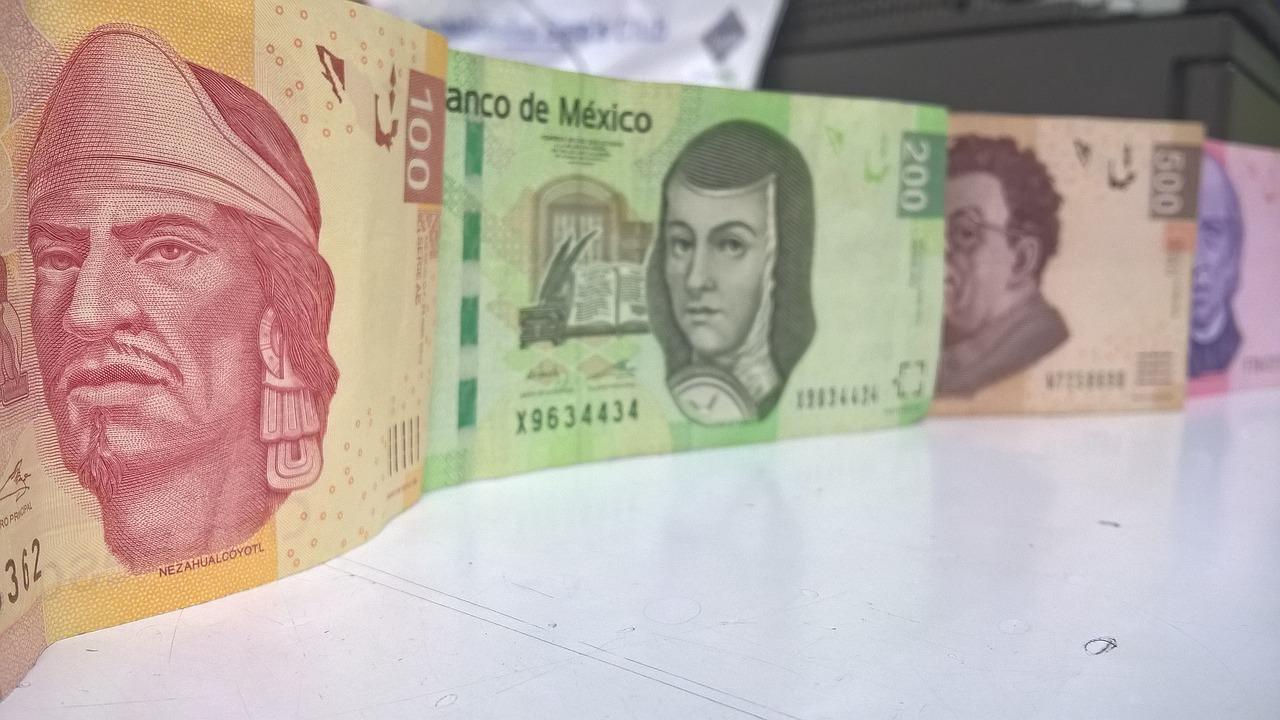
The Mexican currency was trading down 0.55% compared to Monday's reference price, its fourth consecutive day of losses.
The Mexican peso weakened on Tuesday, heading for its worst annual performance since the 2008 financial crisis, on the final day of trading in a year marked by presidential elections in Mexico and the United States.
With little liquidity due to the holiday period, the Mexican currency was quoted at 20.7510 units , with a drop of 0.55% compared to Monday's reference price, in its fourth consecutive day of losses .
The peso, which began the year as one of the strongest currencies against the dollar, began a rapid decline in June after the ruling party's landslide victory in local elections that gave rise to a series of controversial reforms, seen by the market as a threat to the local business environment.
Donald Trump's electoral victory in November exacerbated concerns about the future of Latin America's second-largest economy amid fears that his protectionist policies could jeopardize trade with the United States, one of the engines of Mexico's productive activity.
Thus, the Mexican peso was expected to end the year with a cumulative decline of around 22% , one of the worst performances among a basket of reference currencies at a global level, only behind the Brazilian real and the Argentine peso.
"The Mexican peso continues to fall and is ranked third among emerging country currencies with the greatest losses against the dollar. Today, the exchange rate joins the 70% of emerging currencies that are falling against the dollar, mainly affected by negative economic expectations, after learning about China's weak manufacturing PMI, continuing with the systemic weakness of last week, when the income of industrial companies in the Asian country was published," Monex detailed in a statement.










